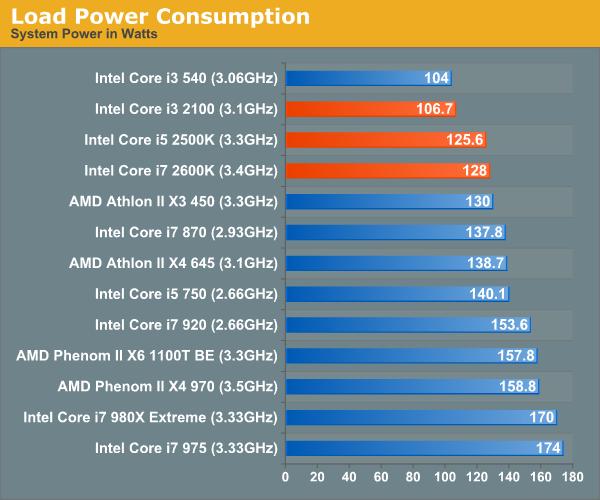It's like trying to put 10 pounds of data in a 5 pound bag. While HT allows a single core to handle 2 threads, it can only handle one at a time. There is only 1 set of integer pipelines, so while 2 threads are initiated, only one is active.
It is like the ability to date 2 people. Anyone can date 2 people, but the ability to do both at once is very rare, if not non-existent.






 Reply With Quote
Reply With Quote












Bookmarks